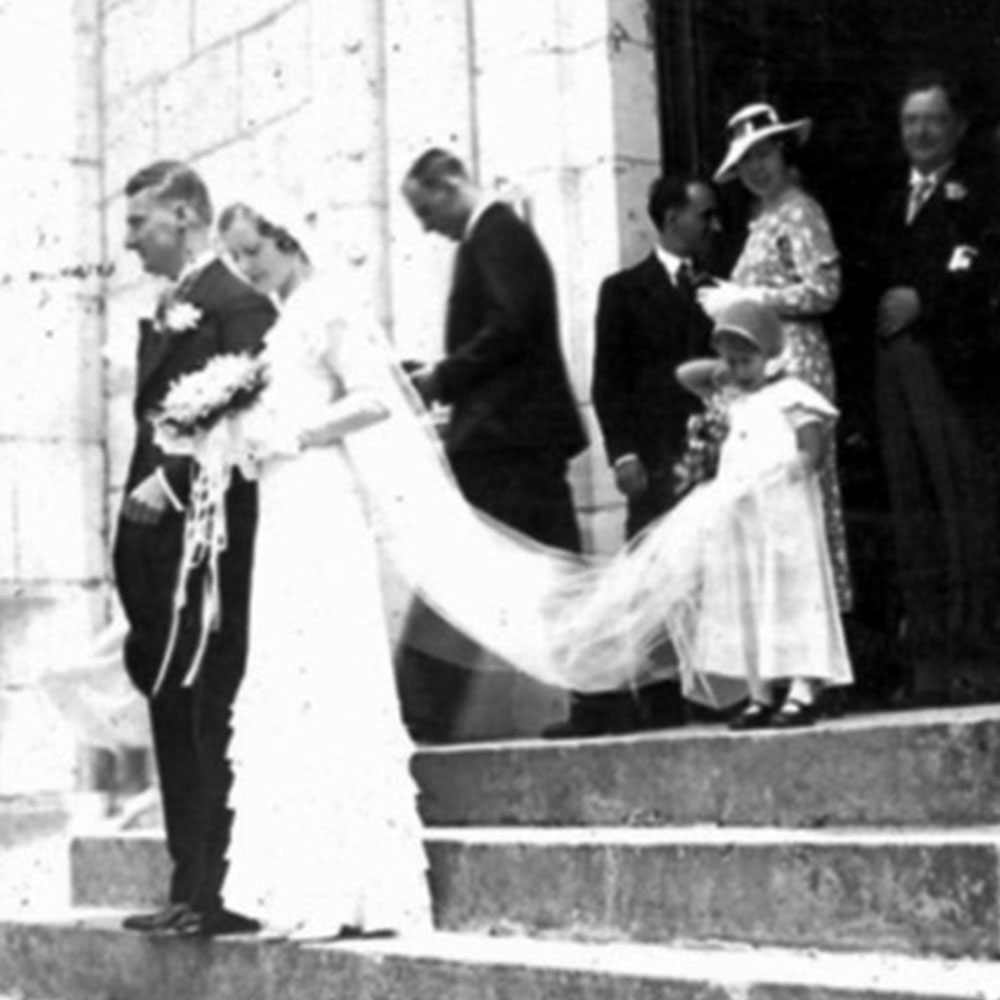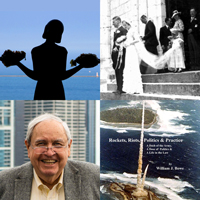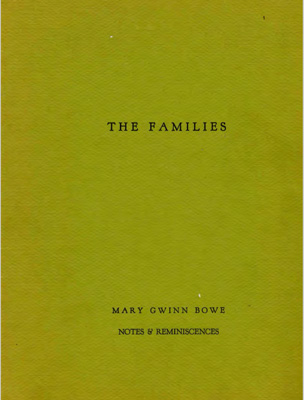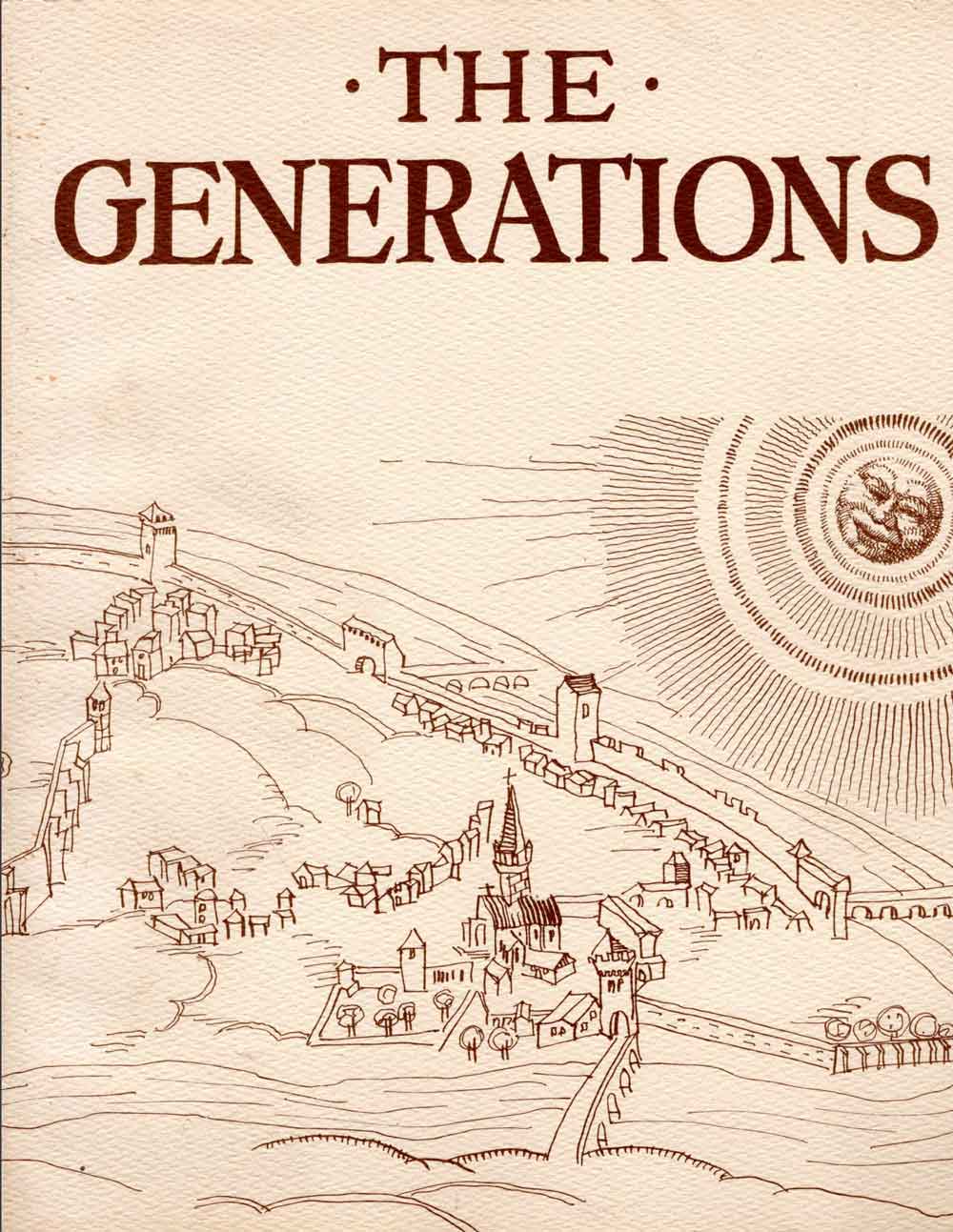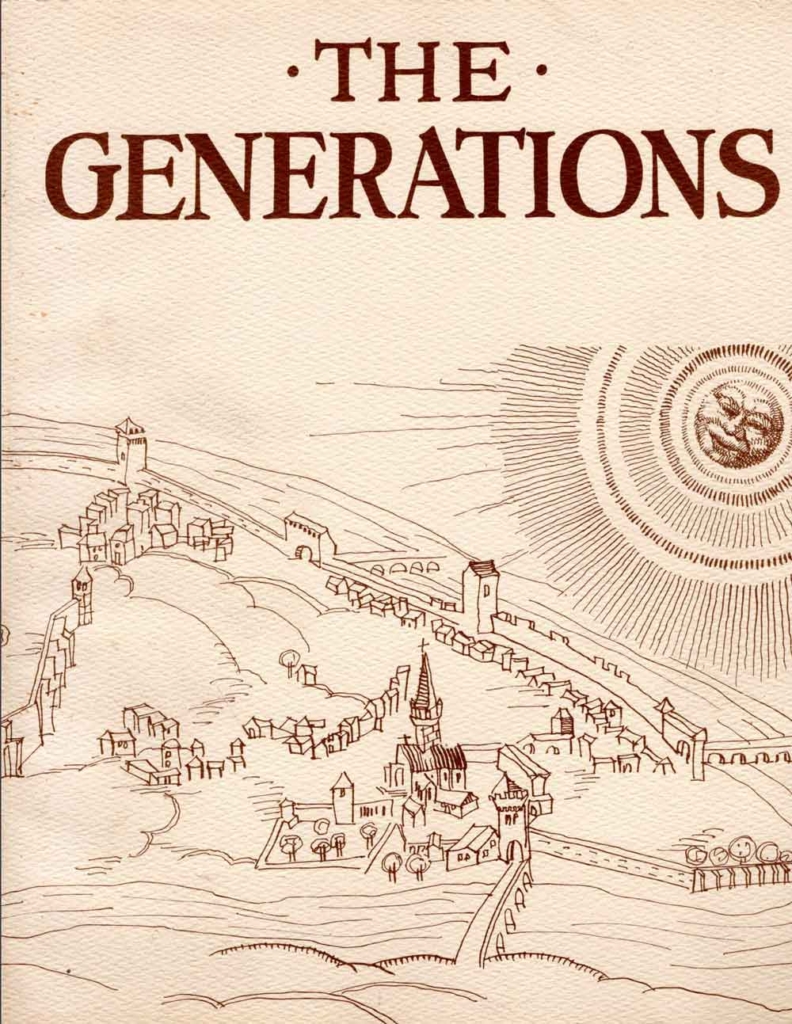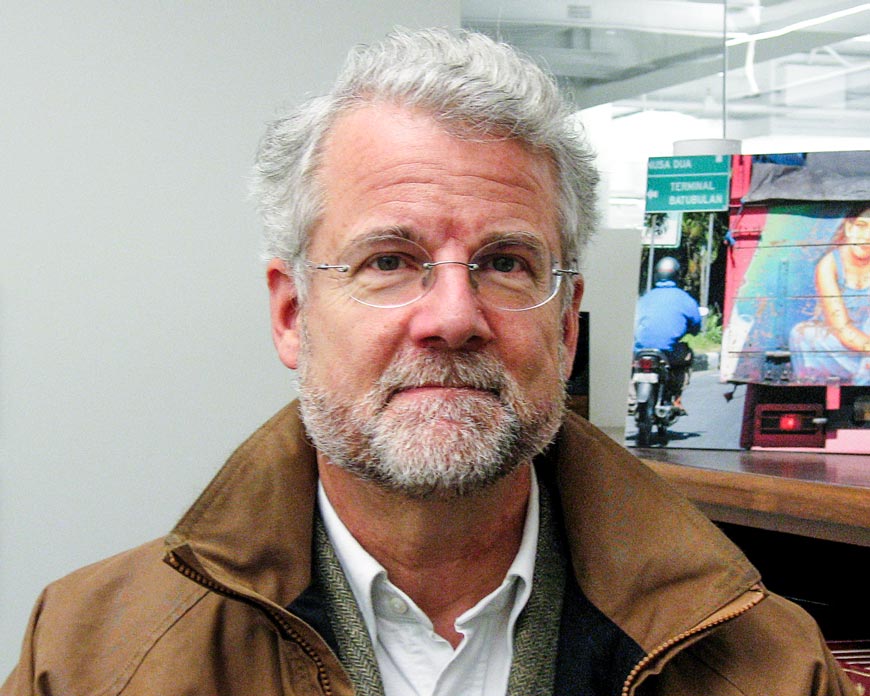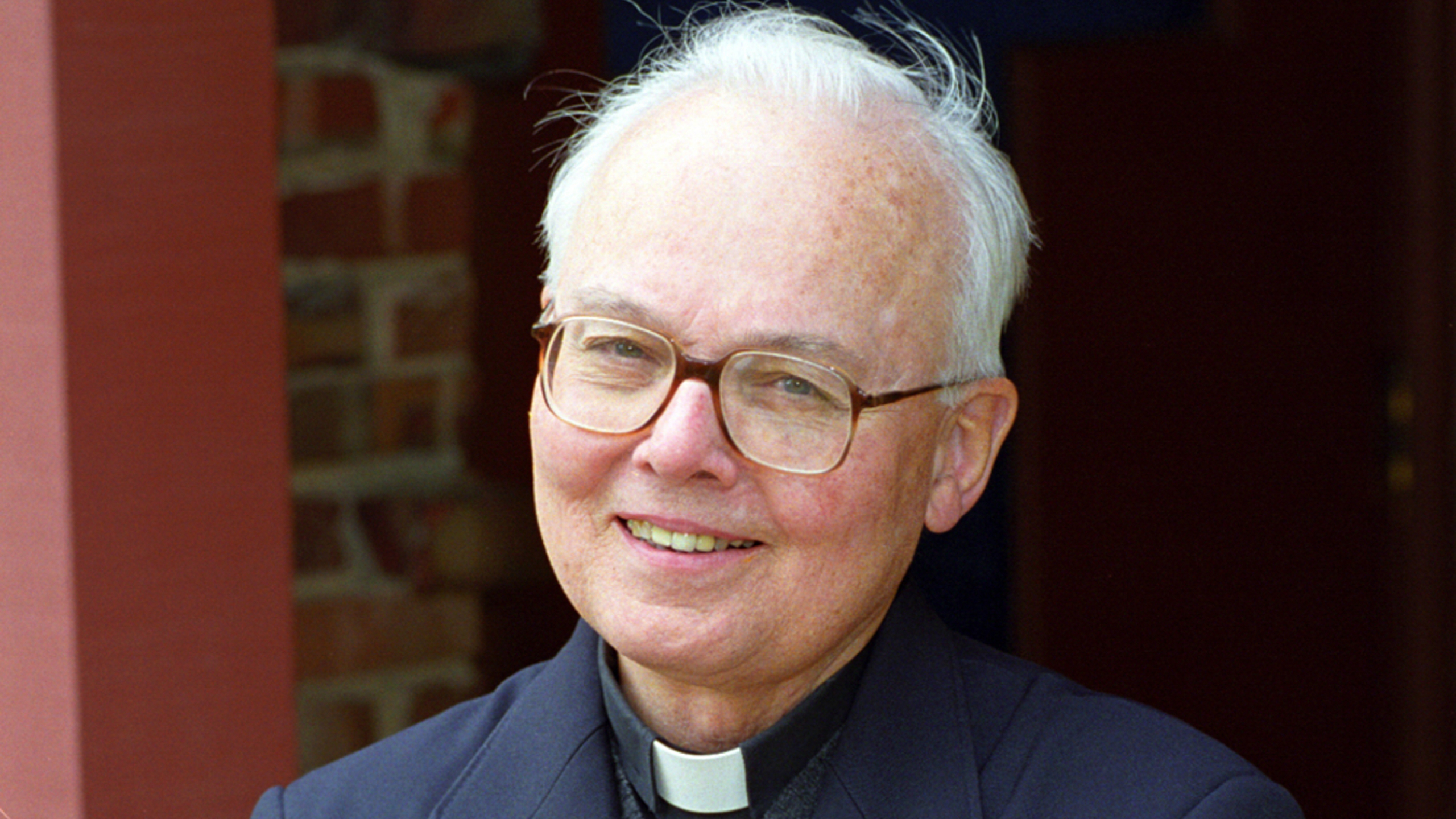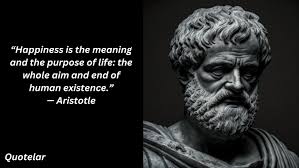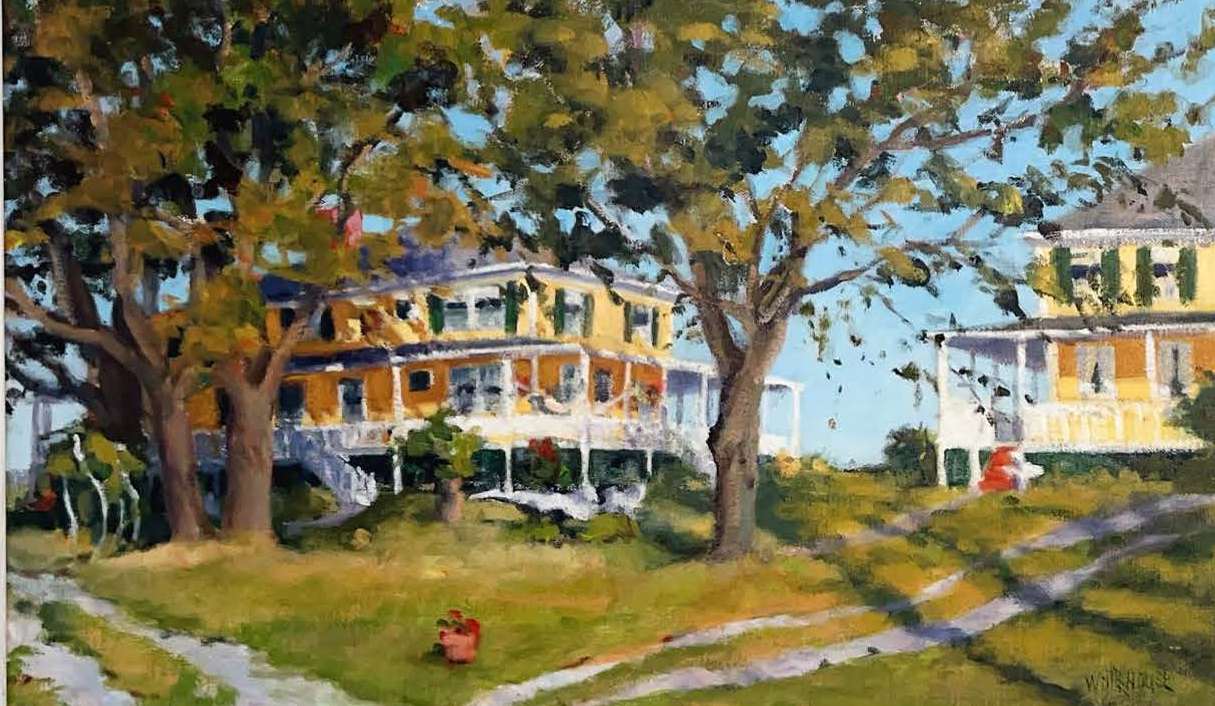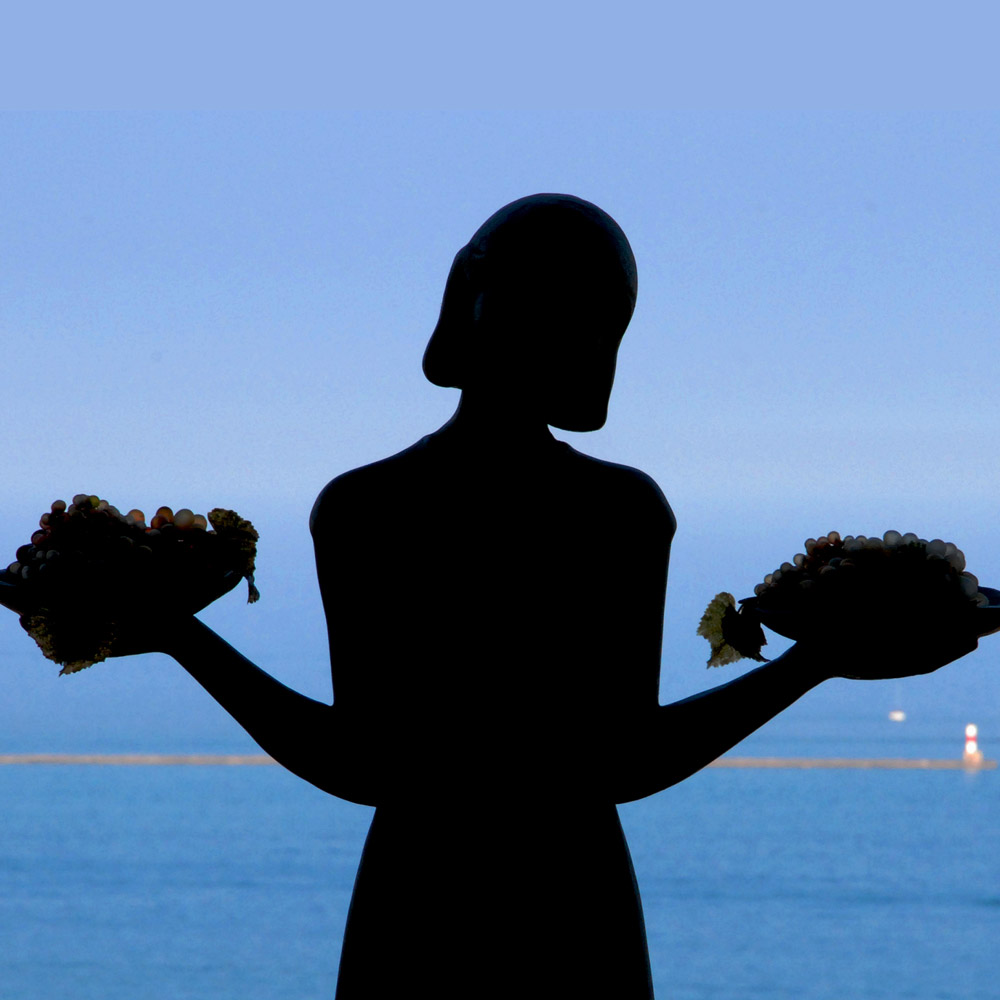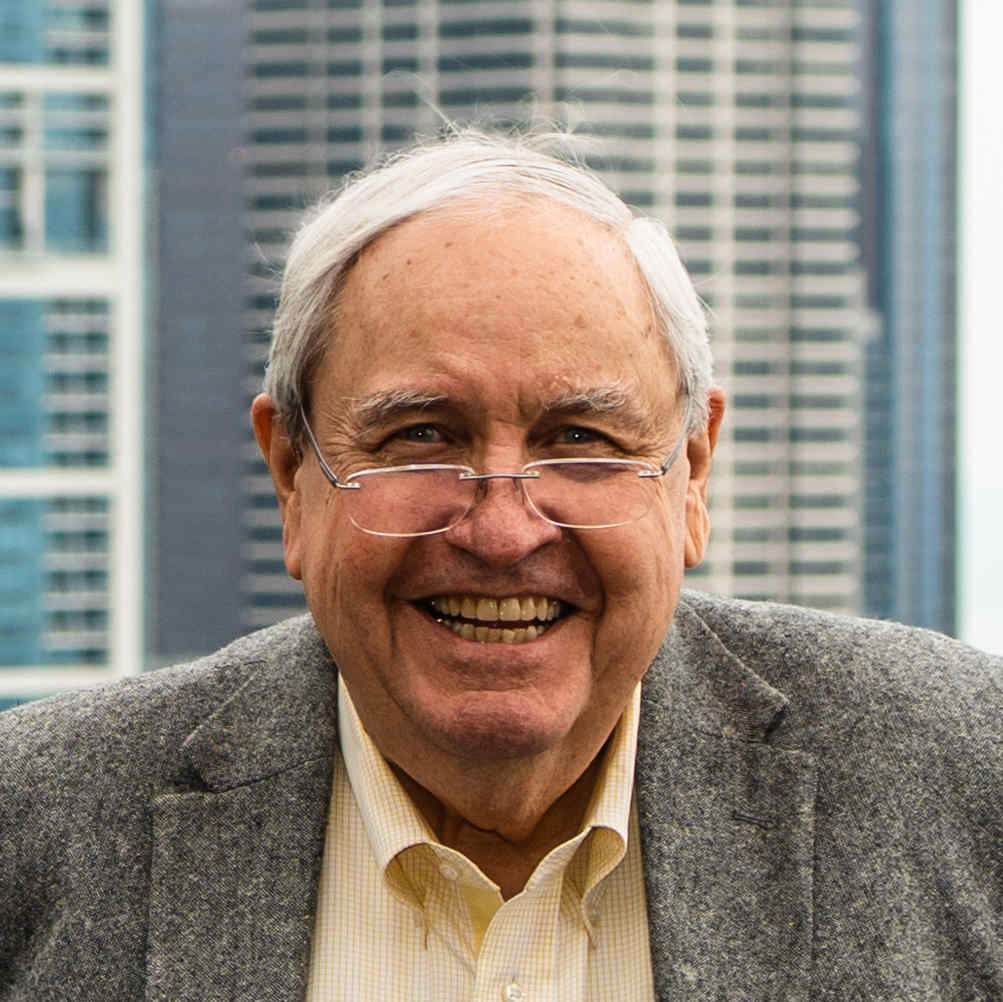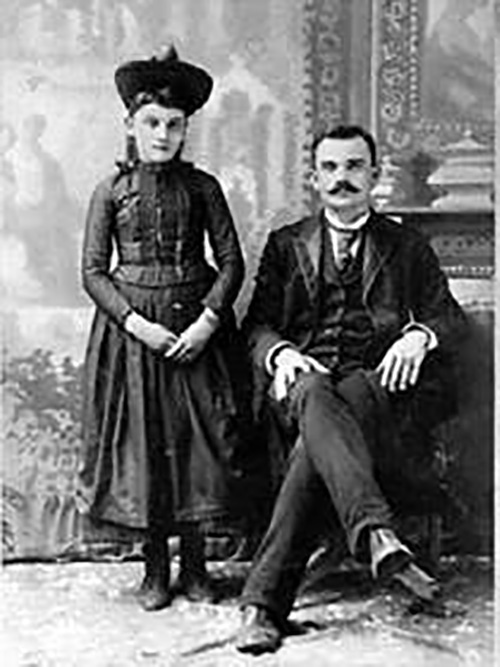
Children of Moses Bowe (1833-1912) and Honora Hurley (-1910)
John Joseph Bowe and his sister Agnes Bowe Rice
Families Related to Moses Bowe
–from the Anthony Canavan and Ann Hughes Tree
Bowe, Burg, Cain, Canavan, Casey, Danielak, De Rosa, Dunn, Dwyer, Freborg, Gomez, Grubert, Gwinn, Hanley, Hart, Hect, Heffron, Lecour, Lynch, McPherson, Meyer, Parish, Pleil, Reyes, Roche, Romano, Skura, Sundstrom, Swanson, Tack, Terpstra, Thompson, Truskey, Turner, Walters, Vanselow, Wernstedt and Williams
Editor’s Note: If your family is listed above as related to Moses Bowe its because you have a Canavan ancestor. I do too. You see, the first Anthony Canavan we know about married Catherine (Kitty) Kirby. Their son, named Anthony Canavan, Sr. in his 1890 obituary and here, married Ann Hughes. A daughter of theirs, Ellen Canavan (one of their 12 children surviving into adulthood) married John Joseph Bowe, my paternal grandfather. His father was Moses Bowe, my great grandfather and our Bowe progenitor. Easy peasy, right?
I have no picture of Moses Bowe, but you can see his son and daughter John Joseph Bowe and Agnes Bowe (Rice) in this picture on the left. As my mother noted below, Moses was reportedly big and strong and given to fisticuffs.
Mary Gwinn Bowe‘s account of the Bowe family in her genealogy book, The Families has this to say about Moses:
“Moses Bowe had married Honora Hurley who came from near the Lakes of Killarney. He had travelled alone from Wexford, an orphan at the age of eleven, when an uncle sent for him to come to the United States. He ran away and worked on the Erie Canal and later on the Illinois Central Railway. He was very big and strong and is said to have had a fist fight with a cook who refused to wash his hands before getting their breakfast. He married Honora Hurley in Monee, Illinois which had a boarding house for the men who were working on the railroad. Her brother Patrick had came to this country from Ireland, fought in the Civil War and after only a few weeks was killed at Chickamauga. With the bounty money, Honora and Moses bought a farm.”
Moses Bowe’s Arrival
Editor’s Note: In a preface to The Generations, the Julia Lecour Bowe history of her French ancestors who settled in northeastern Illinois, she asked herself this question: “What kind of a country was it that Paul Pallissard came to in 1855?”
In answering this question she notes that at the time, with the Potowattomie and other Algonquin Indians being displaced by the 1832 Treaty of Tippiecanoe, the Illinois Central Railway sent agents to Germany and France to advertise for immigrants to settle in this part of Illinois near the newly build railroad.
She records that my great grandfather Moses Bowe came from Ireland to Kankakee County about the same time as M. Pallissard came from France, the difference being that Pallissard ended up in a community settled by other French and Moses Bowe ended up the only Irishman in a place full of German speakers.

This is Julia’s description of the land the Pallissards, Bowes, Canavans and their families had settled in:
“It was prairie land at the foot of Lake Michigan in a country along the Theakiki River. Thus it was marked on Arrowsmith maps as late as 1824. In 1679 LaSalle had traversed the river in a canoe, and Fathers Marquette and Joliet preceded him in 1673. LaSalle had come down the eastern shore of Lake Michigan, turned inland east and south at the St. Joseph River, then West over the Kankakee marshes into the Kankakee River itself, and then to the meeting of the Des Plaines and Illinois River.
The lands through which he travelled as he left the great Lake and continued along the Kankakee River were inhabited by the Potowattomie tribe. They were of the Algonquin family, and were the faithful allies of the French until their defeat by the English in 1712. They were the instigators of the Chicago massacre of 1812, a cruel and wiley tribe, yet some of their customs were amazingly modern. There was a council of women in each tribe, who attended the meetings of the elders as observers. Some of their chiefs, such as Shabona, and Shawanas see and Pontiac, were known for their intelligence and bravery. Many of the coureurs de bois settled down among them. As agents of the American Fur Brigade, they knew that barter with the Indian chiefs would bring in more fur pelts than war. Thus Noel Levasseur from Canada and Francois Bourbonnais, from France, took Indian wives, often daughters of the Chief of the tribe.
In 1832, the treaty of Tippecanoe was signed. In this document the Indians ceded their lands, a large square from Lake Michigan south to where Kankakee now lies, to the Federal Government. The United States, in turn, reserved certain sections for the Indians. It was thus that all the best land along the Kankakee River was reserved for the Pottowotamies, their chiefs, wives, and children. They needed the river in which to fish, and for transportation. But they did not stay long on their reserves. They were unhappy and as the country around them began to be cultivated they felt hemmed in. Four years after the treaty, they all moved to a reservation near Council Bluffs, Iowa. The tragedy of the move, which was of course the work of the Federal Government, and which broke up thousands of families, has not been sufficiently emphasized.

The land which they left was immediately opened to the public for sale and thus companies such as the Illinois Central bought up large parcels of it for their right of way. When they planned their branch line to Cairo, Illinois, they cut right through the Francois Bourbonnais reserve. I was born in what had been the Catish Reserve, named for the wife of Franqois Bourbonnais.
The railway reached Kankakee in 1853, and Kankakee County was cut out of Iroquois County that same year. Great effort was made to get immigrants. Agents of the railway not only met every boat, but German speaking agents went to Germany to seek them out, and French-speaking agents were sent to France to advertise in provincial papers. Sweden and Denmark were not forgotten and soon were seen results, in clusters of immigrant towns, huddled together along the traffic routes of the new canals and railway lines.
For the most part people speaking the same language tended to stick together, but there were rare cases such as that of my husband’s father, Moses Bowe. A native of Ireland, he settled in the German speaking community of Monee, along the Illinois Central Railway on which he worked. He learned German and used to say that be was the only Irishman in the town.”
Widowed Daughter-in-Law of Moses Bowe More than Makes Do
Editor’s Note: A $1,000 legacy from Ellen Canavan Bowe‘s mother, Ann Hughes, made a big difference after her husband, John Joseph Bowe died in 1910 and left his widow with little means to raise their three young children. Her children were my uncle Augustine Joseph Bowe, my father William John Bowe, Sr., and my aunt Anna Regis Bowe (Walters).
In 1965, I had two separate days chauffeuring my uncle and aunt Gus and Julia Lecour Bowe about while we took in sights of interest first in Chicago, and later in Paris when we happened to be there at the same time.
I had been increasingly interested in talking to them both about the Bowe family in earlier years and, in particular, about how my grandmother Ellen Canavan Bowe had successfully brought up her children to become respected and successful adults.
With Gus and Julia both game, one Saturday in Chicago we piled into my 1964 Volkswagen Beetle and set out on a journey following the migration of the widowed Ellen Canavan Bowe and her children from abject poverty on Chicago’s West Side, to Streeterville, and finally back to where we had started, 1120 Lake Shore Drive, an 18-story apartment building on the prosperous Near North Side.
When the building was built in 1926 by Baird & Warner, Gus and Bill Bowe purchased apartment 4D, a three-bedroom duplex apartment on the west elevator tier. Gus and Bill, their sister Anna and mother, Ellen Canavan Bowe, all moved in. A short time later, when Julia married Gus, in she moved as well. When my father Bill subsequently married my mother, Mary Gwinn Bowe in 1928, they moved into an different apartment on the east elevator tier. As a result, I grew up in apartment 4B, just two elevator rides away from Gus and Julia and their two children, John Edward Bowe and Julie Ann Bowe (Thompson).
That day back in 1965, Gus, Julia and I saw 1239 North Ashland Avenue, where Gus and Bill had been born, 2421 West Superior Street, where my their sister Anna were born, their homes at 2852 West Fulton Street and 2946 West Walnut Street (around the corner from Frank Lloyd Wright’s famous Francisco Terrace Apartments).
The 3220 West Fulton Street house was bought in 1910 with a $1,000 legacy Ellen Bowe received from the estate sale of the farm her mother (Ann Hughes Canavan) had inherited when her husband, Anthony Canavan died. Then it was on to a ten-room apartment at 3240 West Washington Boulevard. Each home had been progressively better than the last, particularly the 227 East Delaware Place apartment building in Streeterville, built in the early 1920s.
By the time we arrived ack at 1120 Lake Shore Drive, I had had quite an education as to how my grandmother Ellen Bowe had overcome her dire straits and raised three children as a single mother after she was left widowed with meager resources. The lesson was simple: work like hell, get the best education you can for the kids and pray to beat the band. Also, as it turned out, it didn’t hurt that the next to the last child of Anthony Canavan and Ann Hughes quickly developed an entrepreneurial bent out of necessity. Learning its value the hard way, she sold life insurance to other Irish immigrants in Chicago. I wouldn’t gainsay the role her prayers played either. The upshot was she had gotten her children a first rate education at St. Ignatius and Loyola, they were bright and they inherited her work ethic.
As Gus, Bill and Anna came to prosper in time, they loved and dutifully cared for their mother and were able to support her in a style that amply rewarded her extraordinary efforts raising them. Ellen Canavan Bowe died in 1943 and Julia finally had a home life apart from her mother-in-law.
My father died in 1965 and Gus the next year, shortly after my car journey with him and Julia through the Bowe family’s history. Their widows, Julia and Mary Bowe, who had been roommates at Trinity College in Washington, D.C., in the early 1920s, decided to become roommates again. Julia sold 4D and moved into 4B.
After my father’s final illness and my graduation from law school in 1967, I moved out of 1120 to an apartment near the University of Chicago in Hyde Park. Then I enlisted in the Army’ Intelligence Branch for three years and was stationed in Washington, D.C. between 1968 and 1971. But whenever I dropped by 4B from Hyde Park or visited on leave from the Army, it was family time again, with my mother and Julia holding forth as always or, as they would put it, holding the fort.
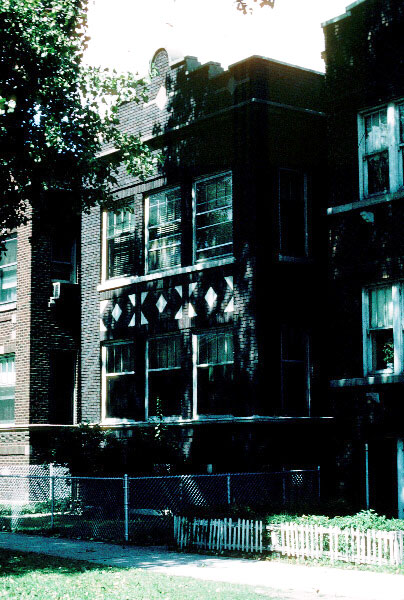
3220 West Fulton Street in Chicago
House bought with $1,000 legacy from the sale of the Ann Hughes Canavan’s farm near Kankakee, IL
As it turned out, she quickly developed an entrepreneurial bent out of necessity by becoming a successful insurance sales agent, and she had gotten her children a first rate education at St. Ignatius and Loyola. I wouldn’t gainsay her prayers either. As Gus, Bill and Anna Bowe came to prosper in time, they loved and dutifully cared for their mother and were were fortunate to be able to support her in a style that amply rewarded her extraordinary efforts raising them.

